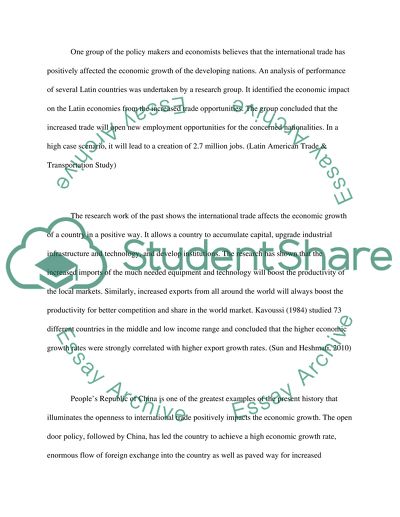Cite this document
(“Economics Development with International Trade Essay”, n.d.)
Economics Development with International Trade Essay. Retrieved from https://studentshare.org/macro-microeconomics/1447090-economics-development-with-international-trade
Economics Development with International Trade Essay. Retrieved from https://studentshare.org/macro-microeconomics/1447090-economics-development-with-international-trade
(Economics Development With International Trade Essay)
Economics Development With International Trade Essay. https://studentshare.org/macro-microeconomics/1447090-economics-development-with-international-trade.
Economics Development With International Trade Essay. https://studentshare.org/macro-microeconomics/1447090-economics-development-with-international-trade.
“Economics Development With International Trade Essay”, n.d. https://studentshare.org/macro-microeconomics/1447090-economics-development-with-international-trade.


